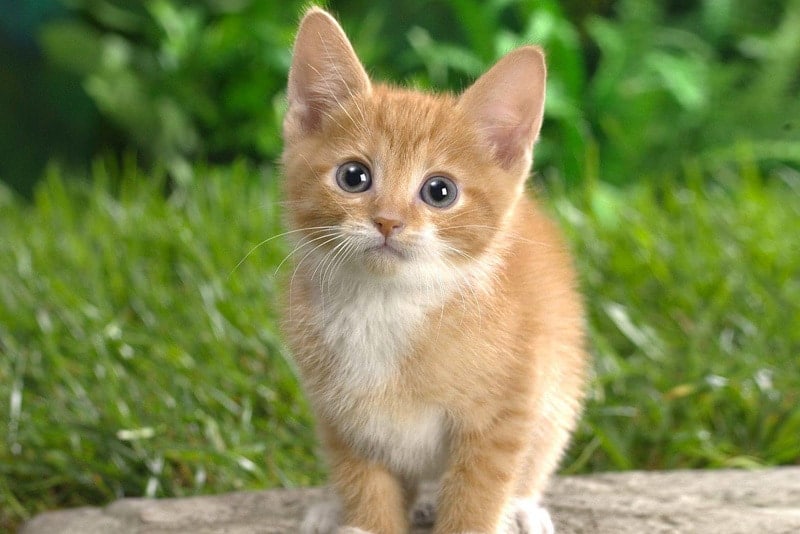Arthritis in Cats. Have you noticed your cat seems to no longer enjoy some previous activities, like bird watching from a window sill, or nosing through your kitchen cabinets? If he or she prefers to lie at your feet as opposed to reigning supreme on the back of a cushioned sofa as he’s done for years, or refuses to follow you up the stairs, you may need to consider that your feline friend could be suffering from arthritis.
Feline arthritis is common in older cats or those who have experienced a trauma such as an accident in previous years. Decreased activity, reluctance to climb stairs, and perhaps even avoiding the litter box in favor of other areas can all be signs of arthritis in your cat. Because arthritis destroys the cartilage and connective tissue between bones and joints, the cat will experience pain when moving and opt to remain sedentary or avoid jarring movements such as jumping or climbing.
Traditional treatments for feline arthritis involve the use of anti-inflammatory drugs and steroids. While these treatments are somewhat effective in reducing pain, they also carry the risk of potentially serious side effects. Natural treatments for feline arthritis are available that have no side effects and offer similar benefits.
To prevent arthritis in cats, owners are advised to feed a nutritious diet and keep cats at a healthy weight. Obesity and genetics (in addition to age and trauma) are leading causes for the development of arthritis in cats. Supplementing your cat’s daily diet with an anti-aging supplement can also retard the development of conditions such as arthritis.
